How to Transition from On-Piste to Off-Piste Skiing

There are two types of skier: Those who enjoy skiing in the resort on popular, groomed slopes and those who crave the excitement of exploring the backcountry and untouched powder.
If you’ve mastered on-piste skiing and are looking for a new challenge, why not consider off-piste skiing? With the proper training, hard work and safety knowledge, you can gain the skills necessary to ride virtually any terrain in the world.
Understanding Off-Piste Skiing

While the name changes from person-to-person and location-to-location (some call it powder or backcountry skiing), the heart of off-piste skiing remains the same everywhere. The goal is to enjoy the beauty of nature in an untouched, non-commercialized manner.
When looking at off-piste skiing in light of regular resort skiing, it’s sort of like comparing primitive wilderness camping to camping in a populated campground with public restrooms and pre-made fire pits. With off-piste skiing you’re left to your own devices, albeit in more demanding circumstances.
Reasons to Try Off-Piste Skiing

While many seasoned skiers and snowboarders jump at the opportunity to try off-piste skiing, others need a little more coaxing to get started. If you would label yourself as a member of the latter category, skim over the following three points to get an idea for why off-piste skiing is so exhilarating and rewarding:
• Challenging. Most off-piste skiers initially become interested because of the perceived challenge. It’s exponentially more difficult than regular skiing and is a true test of skill, talent, and ability. Furthermore, it’s physically demanding and a great form of alternative, yet rigorous activity.
• Beautiful scenery. Because off-piste skiing takes place in the backcountry and on uninhabited slopes, the scenery is almost always superior to that of resort trails and public slopes. This is especially true in Whistler and British Columbia where the views are incredible and picturesque.
• Fewer people. The third reason to try off-piste skiing is for the peace and serenity. You’re almost always out on your own and only occasionally come into contact with other skiers. This diminished traffic allows you to dictate the speed, direction, and pace of your descent.
Off-Piste Skiing Tips for First-Timers

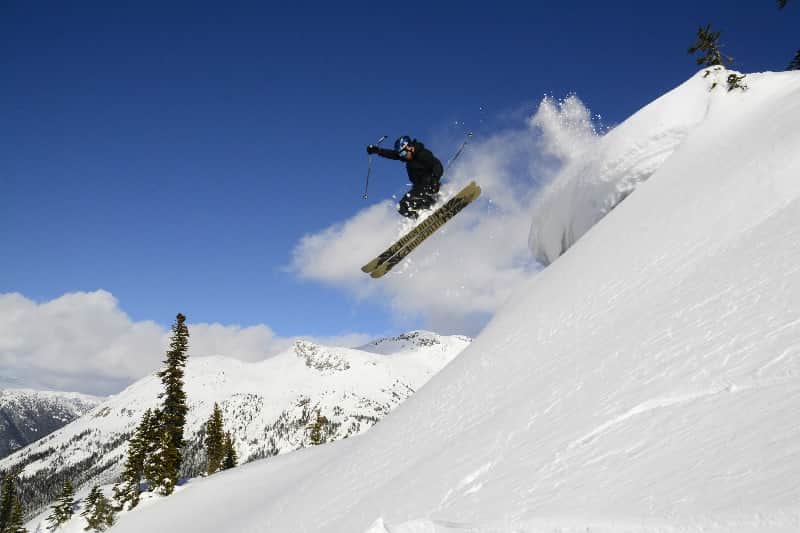
If you’re interested in off-piste skiing but have yet to try it, you should start by learning as much as possible. Here are a few basic tips to get you started:
• Never ski alone. When proper safety precautions are followed, off-piste skiing is relatively safe; however, there are inherent dangers associated with traversing backcountry snow. You should never attempt to ski alone, especially on your first few runs.
• Tell people about your plans. But even though there are risks, many people do ski alone. If you eventually make the personal choice to ski alone on off-piste trails and mountains, it’s critical to at least tell people about your plans. This ensures that – if something were to happen – people would know you’re missing and have an idea of what general vicinity you can be found in.
• Have a plan. Never head off-piste without some sort of plan. You can usually find a print guide, local, or other resource to explain the best areas to ski, terrains to avoid, and what conditions to expect. This information may prove to be invaluable, should you find yourself in a compromising situation.
• Carry the proper equipment. Every off-piste skier should have a few basic tools and pieces of equipment with them in case something happens while in the backcountry. These include a beacon (or avalanche transceiver) that allows you to be found should you get buried in an avalanche, a shovel to help you get out of deep drifts, a backpack with food and water, and adequate clothing to stay warm.
• Welcome the speed. Whether you like it or not, you’re going to pick up some speed when skiing on fresh powder. “Don’t be afraid of speed. Go too slow and you end up mired in the snow, fighting it,” says ski photographer, Aryeh Copa. “Speed lets your skis float to the surface, where it’s easier to turn. Think of your skis as the wings of a plane. You need speed to get lift.”
• Pay attention to posture. Posture is of supreme importance when it comes to off-piste skiing. Even the slightest imbalance can cause you to fall and injure yourself. Your stance should be narrow and slightly crouched (almost like a heavy weight boxer) with your weight pushed forward on the balls of your feet. If you sit back too far on your skis, you’ll lose balance.
• Perfect turning skills. Because of the speed and softer snow conditions, turning requires some practice. They should be long, sweeping turns, as opposed to short, abrupt changes in direction. This decreases your chance of burying your skis or stalling into a drift.
• Don’t use your hands after a fall. While your natural instinct after a fall may be to use your hands to get up, this could cause you to sink deeper into the snow. Instead, cross your poles into an “X” formation and grab onto the intersection with one hand and push yourself up.
• Review snow conditions. In order to minimize the risks associated with off-piste skiing, you should always review snow conditions prior to hitting the slopes. There are five levels of avalanche danger – low, moderate, considerable, high, and very high – and they can change throughout the day. Anytime snow conditions reach level three (considerable), extreme caution should be taken.
• Take a look around. Finally, don’t be afraid to look around and enjoy the views. Off-piste skiing offers incredible views and you don’t want to be so focused on your technique that you forget to immerse yourself in nature.
Alltracks Academy Off-Piste Courses

At Alltracks Academy, we believe nothing is more exhilarating than gliding across pristine, untouched powder and carving our own trails through the backcountry of Whistler and British Columbia. If you’ve never considered off-piste skiing and snowboarding, now is the time to make it happen.
At Alltracks, we offer both two and six week training courses (or an 11 week course that combines off-piste and instructor training) with some of the top instructors in the industry. For additional information on these opportunities – or any of our other training courses – please don’t hesitate to contact us today!
[contact-form-7 id=”253″ title=”Contact form”]

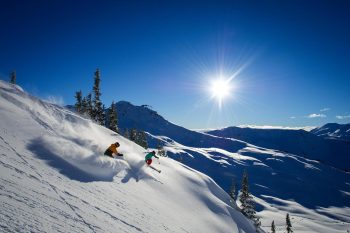

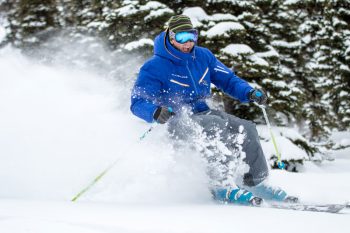

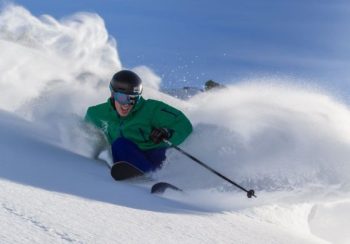
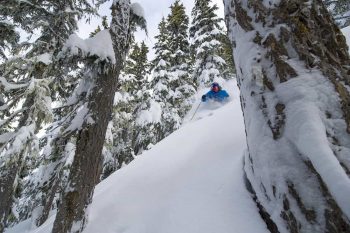
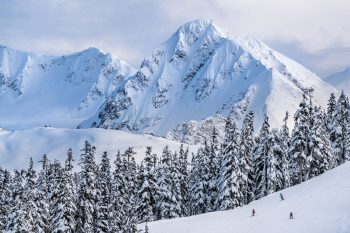
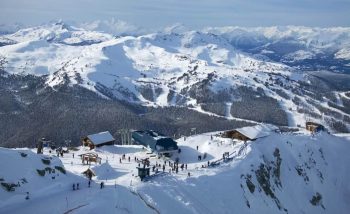

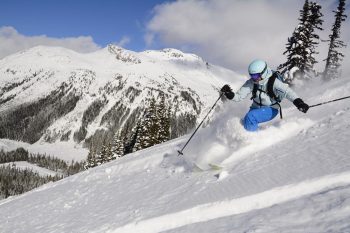
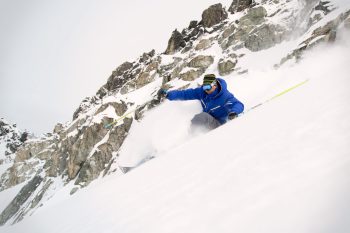
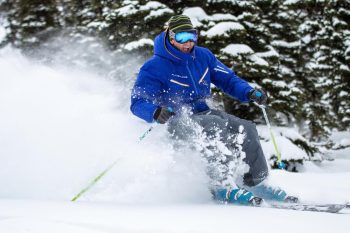
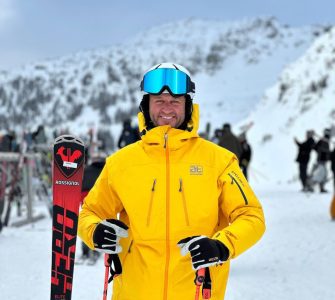




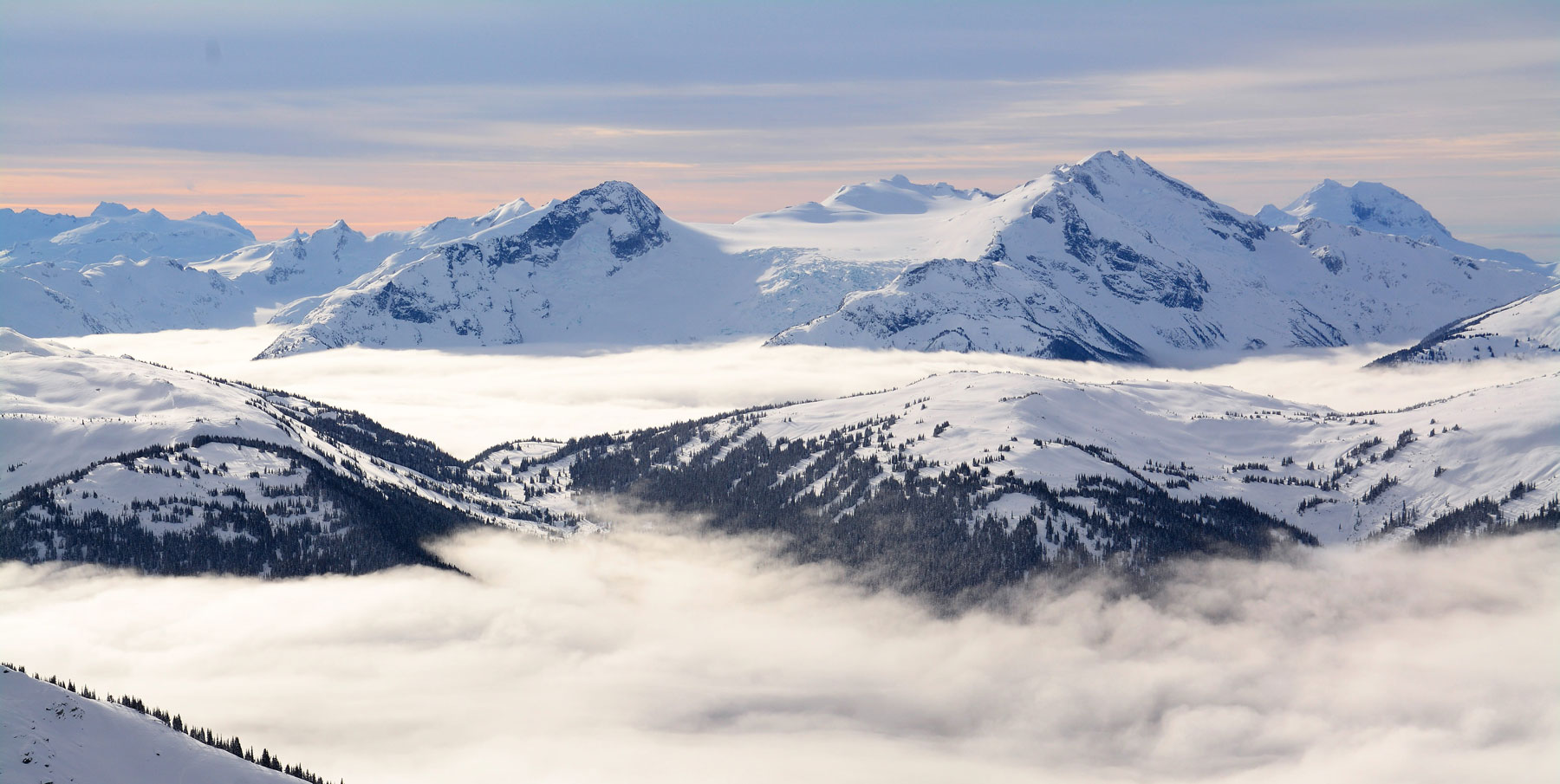
Comments
Chris Fryer says
"A shovel to help you get out of deep drifts" ?
Add comment
replies
Seamus Moe Dunphy says
Ciarain Walsh
Add comment
replies
Aaron McEvoy says
John Joe Williams
Add comment
replies
Oliver Smith says
Sure you'll be able to get into it in the next few years! I have faith U0001f44dU0001f3ff
Add comment
replies
Eugene Holdenson says
You forgot the 3rd type, the park rat who runs laps for 80 days a season...
Add comment
replies
Peter Mc Mahon says
Luke O'Halloran
Add comment
replies
Tara Parandeh says
Tina Maria Polster This applies to me U0001f602 next time I'll be more ready U0001f604U0001f601
Add comment
replies
Tina Maria Polster says
You will, my dear :-*
Add comment
replies
Si Stirling says
Cheryl McLauchlan Laura Anne McLauchlan xxxxx
Add comment
replies
Trisha Malone Mccarthy says
Diarmuid Fitzgerald
Add comment
replies
Niall Bermingham says
Paddi de Euskadi says he'd go down regardless of whether he's piste or not
Add comment
replies
Andrew Mercer says
Violet Cowan
Add comment
replies
Comments for this post are closed.